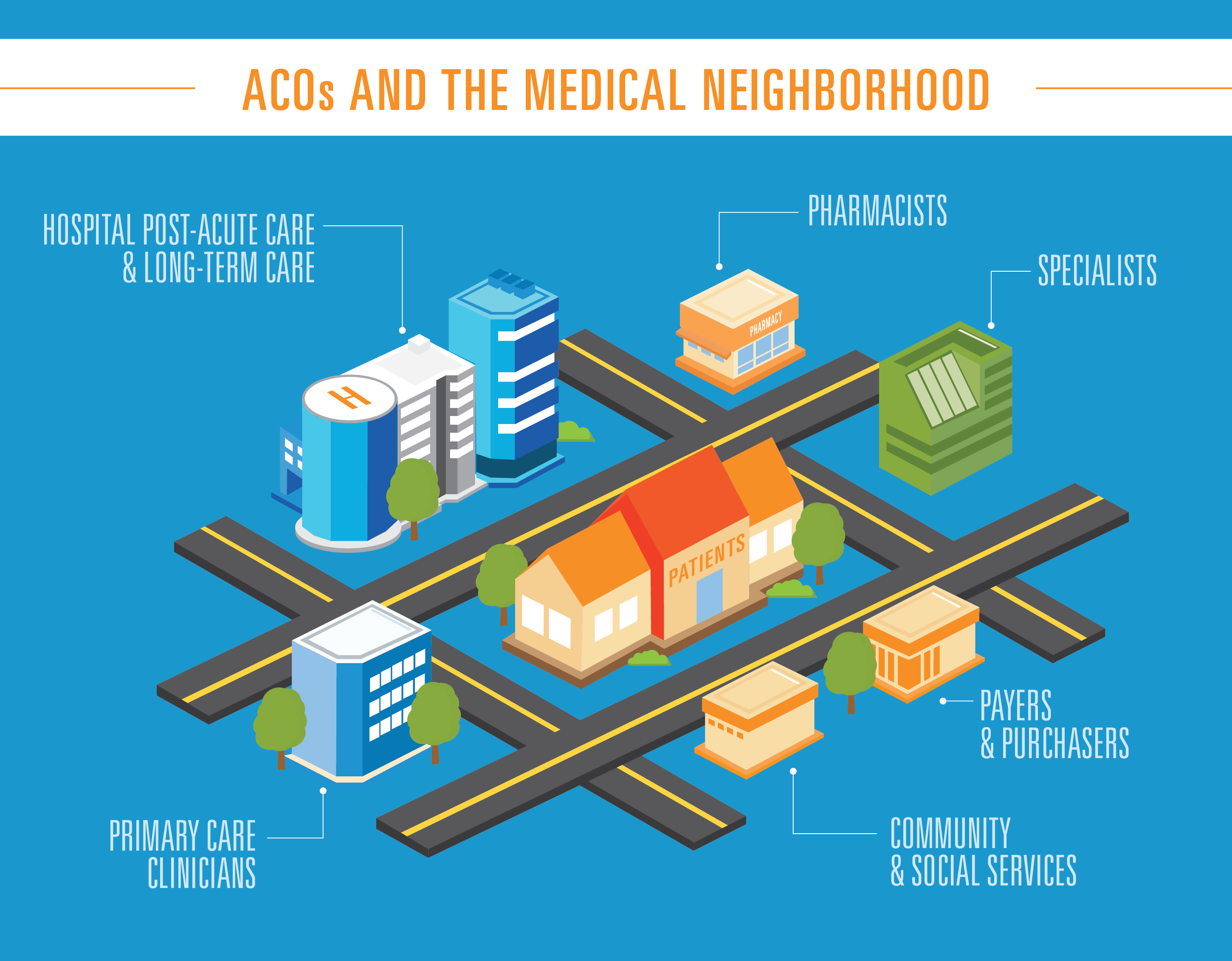
The Digital Front Door: Improving Healthcare Access Through Patient Engagement Technology


The Challenge
Healthcare lags behind other industries when it comes to digital experience
Why It Matters
Today, digital experience is inseparable from healthcare access — so organizations that offer a poor one risk:
- Lower patient acquisition
- Lower patient satisfaction
- Poorer patient health outcomes


What You Can Do
- Look into patient engagement technology solutions outside of your EHR that:
- Meet patients where they already are (e.g. text message appointment scheduling, investing in local SEO)
- Streamline operations (e.g. automated reminders, task routing)
- Measure key metrics (e.g. time to schedule appointment, no-show rate)
- Solicit patient feedback & act on it
Eliminating barriers to access has long been a top concern of the healthcare industry. However, many don’t think to look at the digital front door — the point at which users enter the journey. This is especially true compared to industries like tech and retail. But today, healthcare access and digital experience are impossible to disentangle. Providers must use patient engagement technology to engage the patients using their smartphones, computers, and tablets to find providers and book appointments.
This was the focus of a recent webinar led by Edward Shin, MD, CEO of Q Reviews. In it, Shin spoke with Kate Newbold, Director of Digital Design & Customer Experience at Beacon Health System; Abraham Warshaw, MD, Senior Vice President & Chief Medical Officer at LiveOnNY; and Rich Clough, Senior Manager at ECG Management Consultants.
Central to their conversation was the need for healthcare organizations to rethink their approach to digital engagement.
“We’re starting to talk less about the term ‘patient access’ and focusing more on the idea of ‘consumer experience,’” Clough said. “As a patient, you really are a consumer of health systems’ offerings… It’s up to that organization to make sure that they can make that as much of a consumer-friendly opportunity as possible.”
But how exactly do you find patient engagement technology solutions that support a digital front door strategy? Read on for highlights from the webinar, or watch the full video.
4 Keys to Finding the Right Patient Engagement Technology Solutions
1. Think Beyond the EHR
A mistake too many healthcare organizations make is assuming that having an EHR with a patient portal means they already offer a strong digital front door — but EHRs are limited in many ways.
“You need to create opportunities to engage everyone, both your current patient population and new patients you’re trying to reach. And the EHR isn’t set up to do that. It’s set up to make sure that we can document, we can chart, we can bill for care,” Clough said.
As such, supplementing your EHR with other patient engagement technology tools is important — especially since doing so can help you fill in the gaps in your current digital offerings.
“EHRs do clinical documentation really well. The issue is in the piecing together of that patient journey so that it looks and feels seamless,” Newbold said. “If you look at retail and other industries, they’ve got that figured out. In healthcare, we don’t, which is why it’s important to think about those models.”
2. Meet Your Patients Where They Are
When choosing these patient engagement technology tools for your digital front door, you’ll want to make sure that they address the actual needs and challenges of your current and prospective patients.
“The [vendors] who are doing it well are the ones whose solution fits into existing channels of communication and integrates into the patient’s current workflow,” Clough explained.
At Beacon, Newbold said, they ask themselves: “How do we make it easy for patients to engage with us through whatever channel they want to — whether that’s Google search, our website, the patient portal, phone calls, texts, or email — and make an appointment?”
Some specific tools, features, and strategies the panelists found helpful included:
- A mobile-friendly website experience
- Embedding reviews within your website
- Online/text message appointment scheduling
- Directories that account for layman’s terms — e.g., a search for “headache” will route a patient to the neurology department
- Purchasing keywords that boost your organization to the top of search results
- Employing local SEO best practices so that specific locations can rank higher on Google Maps
- Customized engagement paths — e.g., someone seeking urgent care would be prompted to schedule an appointment rather than being served content
- Customer Relationship Management platforms that allow you to create different profiles of your audience from the moment they engage
Read More: How Healthcare Organizations Can Boost Digital Discoverability
3. Lighten Your Staff’s Workload
Between widespread staffing shortages and an increasing list of responsibilities, frontline healthcare workers are burning out at an ever-growing rate — so if a new digital tool doesn’t almost immediately make their job easier, they’re unlikely to use it in the long run.
Clough emphasized the importance of selecting patient engagement technology tools that allow you to build infrastructure that supports your staff and ultimately, streamlines operations.
“You have to have the right tools in place to avoid putting the onus on the providers,” Clough shared.
He also added that this sometimes includes rethinking your current care model.“To make the most of your team, resources, and technology, you have to make sure that the right people are providing the right care in the right place,” Clough said.
A few tools that panelists recommended in particular:
- Task routing: Health organizations with overwhelmed physicians may benefit from implementing systems where a digital tool assigns certain tasks of theirs to other roles — for example, tasking pharmacists with prescription refills or having nurse practitioners perform routine exams
- Telehealth: Of course, not all appointments can be virtual, but offering them as an alternative when appropriate can save time, increase capacity, and reduce no-shows
- Asynchronous visits: Allowing patients to submit information for providers to review later allows them to work at their own pace, yet often takes less time than it would to schedule, wait for, and attend an in-person appointment
- Automation: Again, not all tasks can be automated, but odds are there are a handful of items that your front desk staff currently takes care of (appointment scheduling, reminder calls, insurance verification, etc.) that can be, freeing them up for the more complex/urgent issues that require individual attention
Learn More: Automate Pre-Visit Messaging and Directions On Arrival
4. Measure Success & Act On Feedback
In order to measure the efficacy of your digital front door, you’ll want to keep your eye on certain metrics, such as:
- Percentage of new patients scheduled within 14 days
- On-time starts
- Rate of rescheduling appointments
- Third to next available
- No-show rate & reasons
- Time to schedule appointment
- Referral time
- Follow-up time
- Engagement rate by channel
- Call length
Soliciting detailed feedback from patients is also imperative, Newbold added.
“We really try to engage with consumer research and listen to our own customer focus group survey data, which is how we got started with Quality Reviews,” she shared. “We can see things from an operational point of view, but patients will bring in whole other insights that we couldn’t have even guessed.”
Collecting this feedback regularly and acting upon it, Newbold believes, is key to offering a better digital front door.
“We’re actively infusing customer feedback into that journey… We don’t just take a look at it once every 12 or 18 months — we continuously look at that data to make continuous improvements,” she added. “And that kind of iterative development is really the hallmark of how you take a consumer experience from good to great to exceptional over time.”








